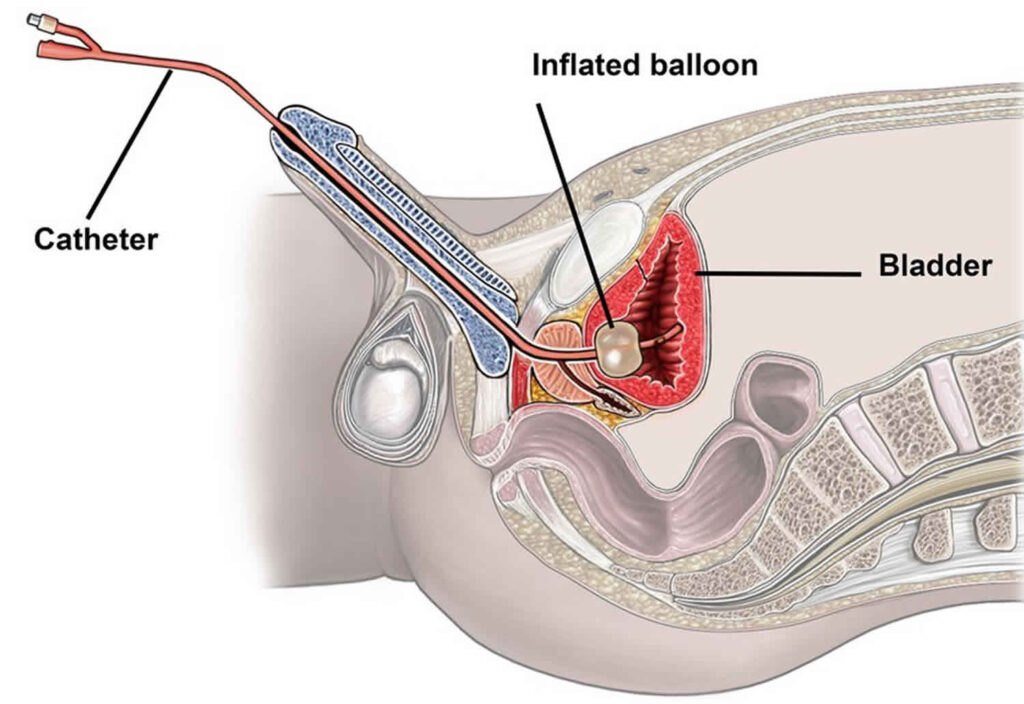Urethral pain can result from infections, catheterization, urological procedures, or underlying conditions like interstitial cystitis. Local anesthesia is commonly used to manage discomfort by numbing the urethral passage, offering temporary relief during medical interventions. This guide explores the types, application methods, effectiveness, and potential risks of local anesthesia for urethral pain.

Types of Local Anesthesia for Urethral Pain
1. Topical Anesthetic Gels and Solutions
- Lidocaine Gel: Most commonly used, providing temporary relief for catheterization and diagnostic procedures.
- Prilocaine Gel: Sometimes combined with lidocaine (EMLA) for prolonged effect.
- Benzocaine Solution: A milder alternative, often used in minor urological procedures.
2. Local Injectable Anesthetics
- Lidocaine Injection: Used for deeper anesthesia in more invasive urological procedures.
- Bupivacaine Injection: Provides prolonged pain relief but is rarely used in urethral applications.
3. Combination Preparations
- Lidocaine-Prilocaine Mixture: Offers extended duration of action for diagnostic and therapeutic interventions.
Applications of Local Anesthesia in Urethral Procedures
1. Catheterization
- Applied to reduce discomfort during urinary catheter insertion.
- Enhances patient comfort, particularly in cases of repeated catheter use.
2. Cystoscopy and Urethroscopy
- Local anesthetics help minimize pain during endoscopic procedures to examine the bladder and urethra.
3. Urethral Dilation
- Used to alleviate discomfort associated with the stretching of the urethra in cases of strictures.
4. Pain Relief for Urethritis
- Topical anesthetics can provide symptomatic relief in patients with inflammation or infections.
Mechanism of Action
Local anesthetics work by blocking sodium channels in nerve cells, preventing pain signals from reaching the brain. The effect is temporary and depends on the concentration and type of anesthetic used.
Effectiveness and Duration
- Lidocaine Gel (2-5%): Takes effect within 5-10 minutes and lasts 30-60 minutes.
- Prilocaine-Lidocaine (EMLA): Onset within 10-20 minutes, lasting up to 90 minutes.
- Benzocaine Solution (20%): Provides rapid but short-term relief.
Potential Risks and Side Effects
1. Local Reactions
- Burning or stinging sensation upon application.
- Temporary numbness that may cause difficulty in urination.
2. Systemic Effects (Rare but possible with overuse)
- Dizziness, headache, or drowsiness.
- Allergic reactions, including itching, rash, or swelling.
3. Urethral Irritation
- Prolonged use may cause irritation or sensitivity.
Precautions and Contraindications
- Not recommended for patients with known allergies to anesthetics.
- Caution in individuals with severe urethral inflammation or infections.
- Avoid excessive application to prevent systemic absorption.
Local anesthesia provides an effective solution for managing urethral pain, particularly in catheterization and diagnostic procedures. Understanding the appropriate anesthetic type, application method, and potential risks ensures safe and efficient pain management. Always consult a healthcare professional before use to ensure the right approach based on individual medical needs.

